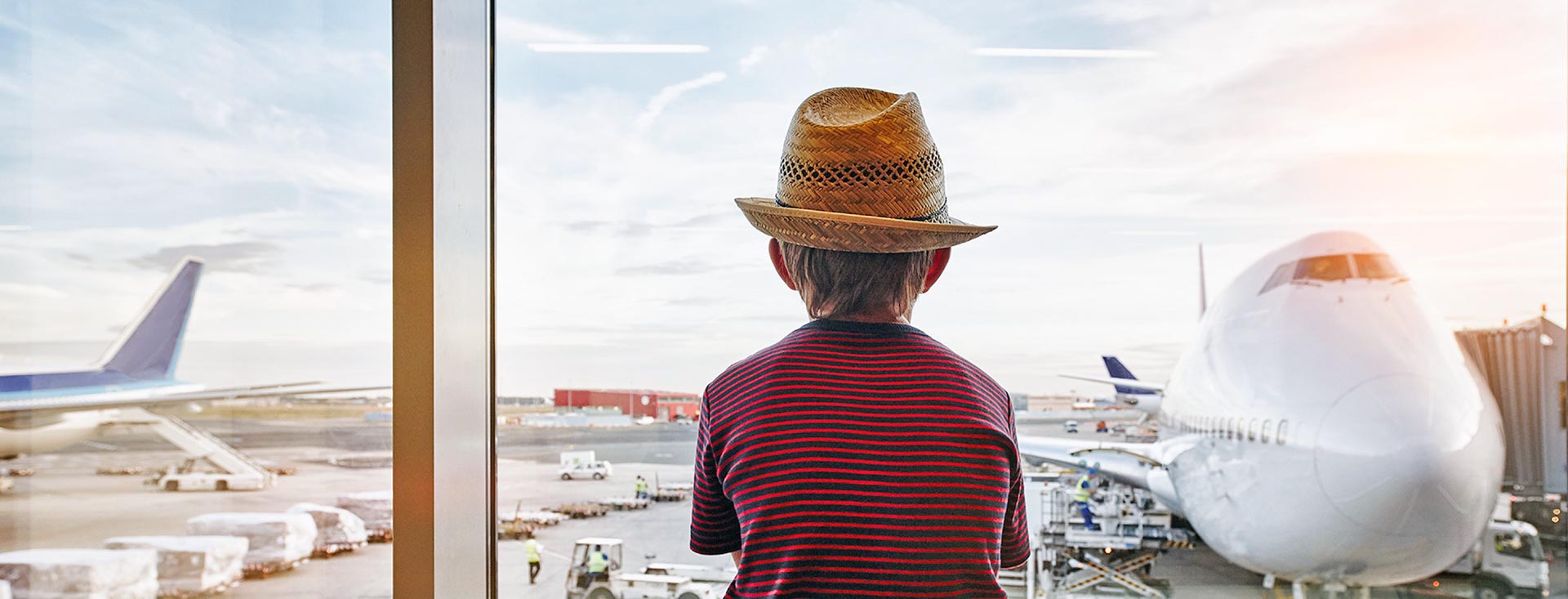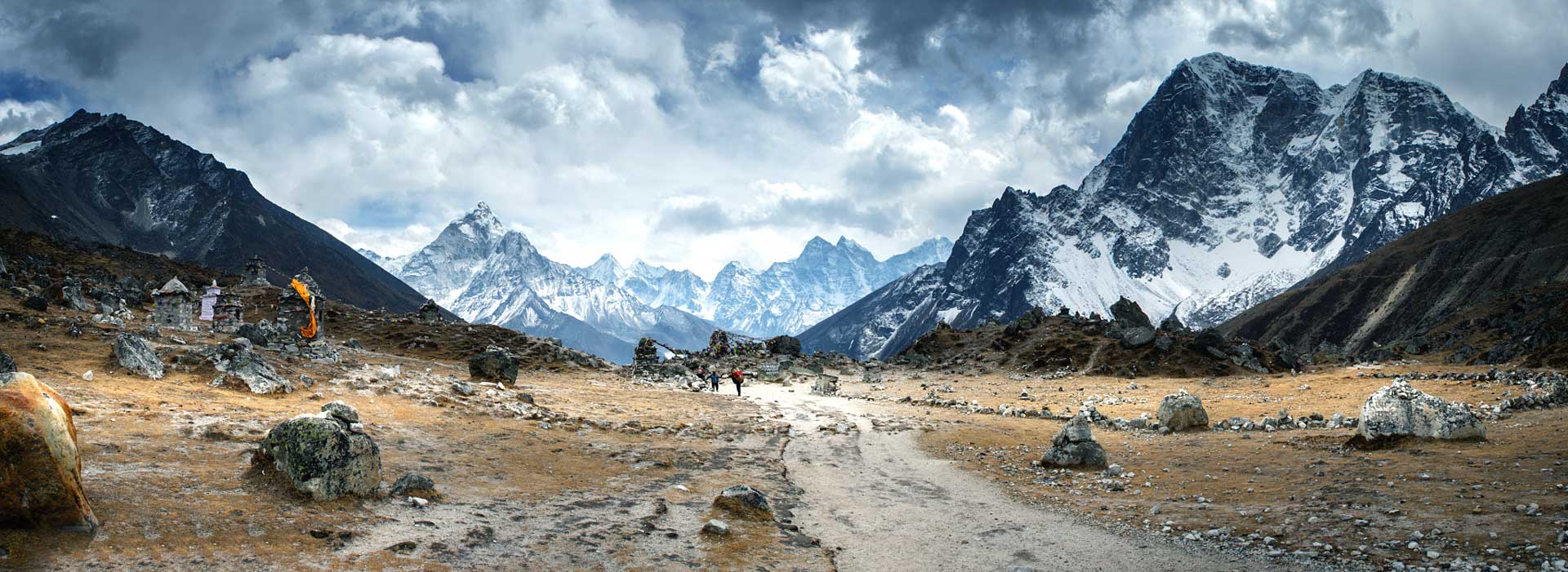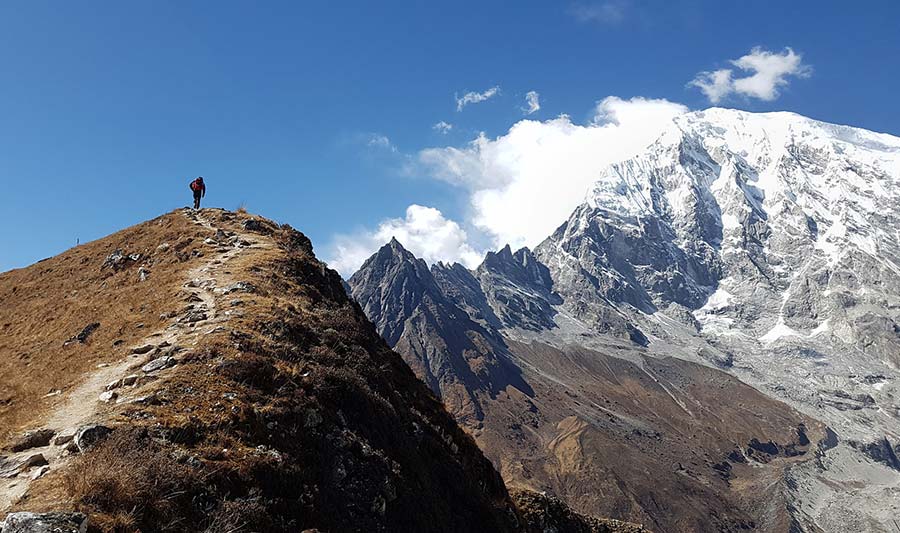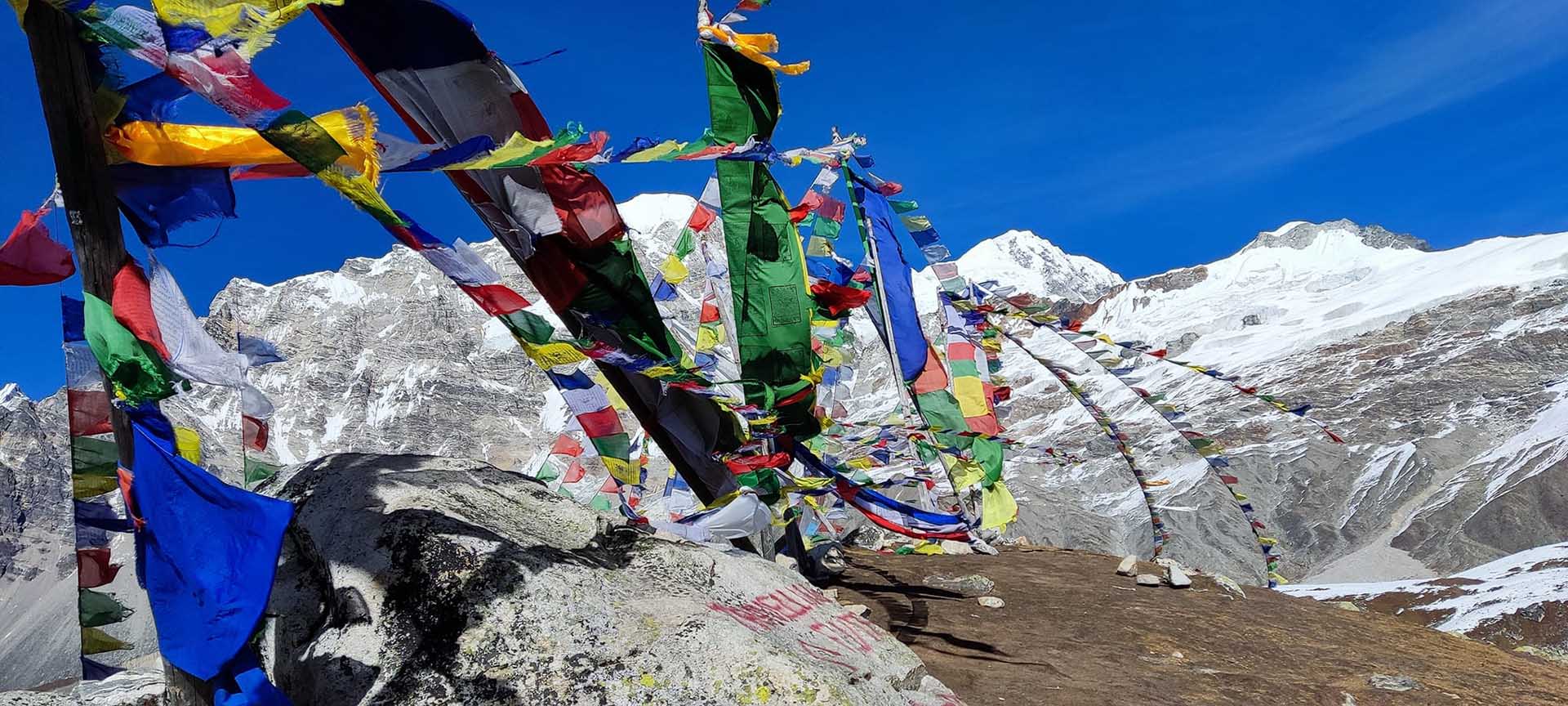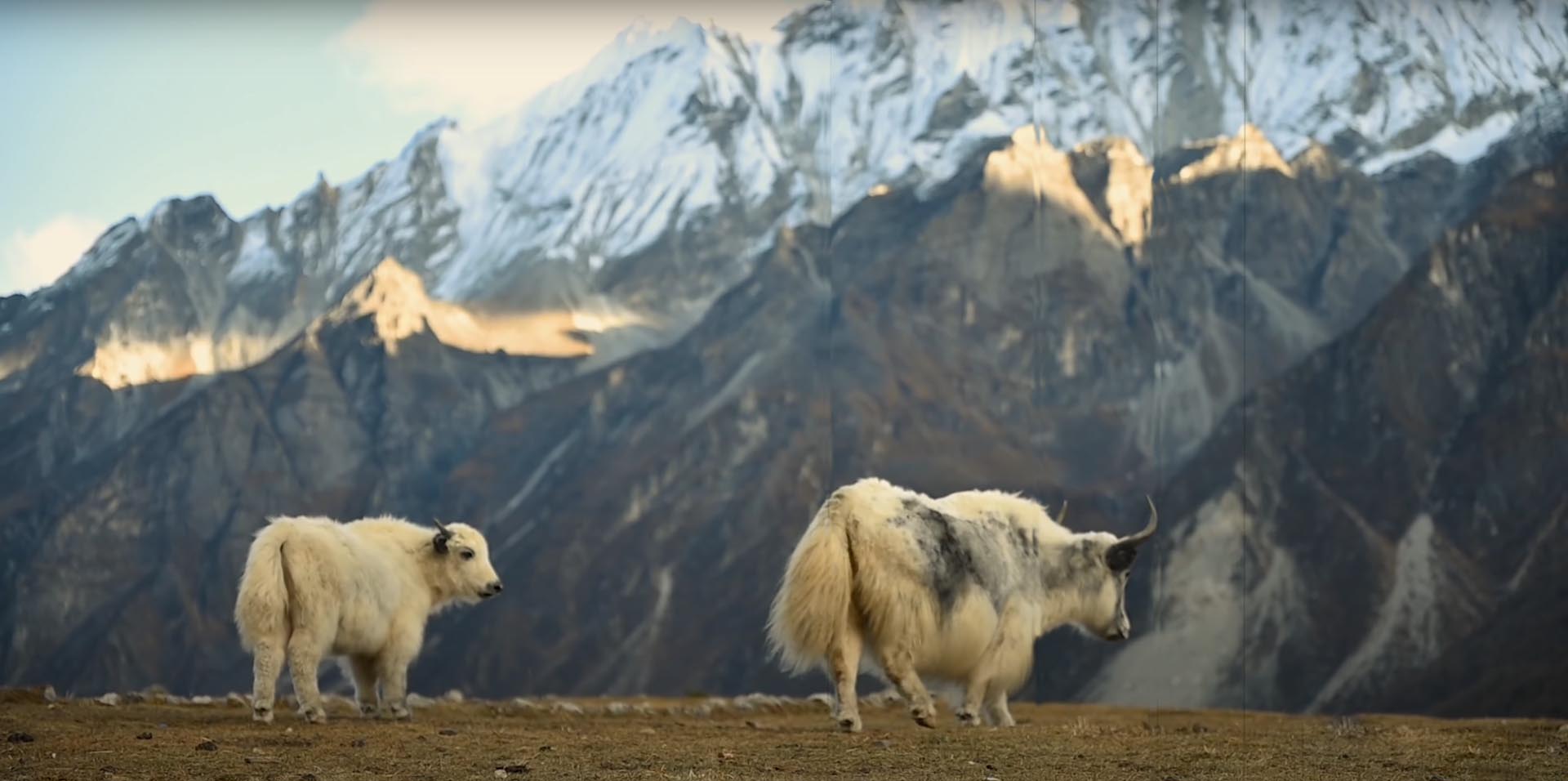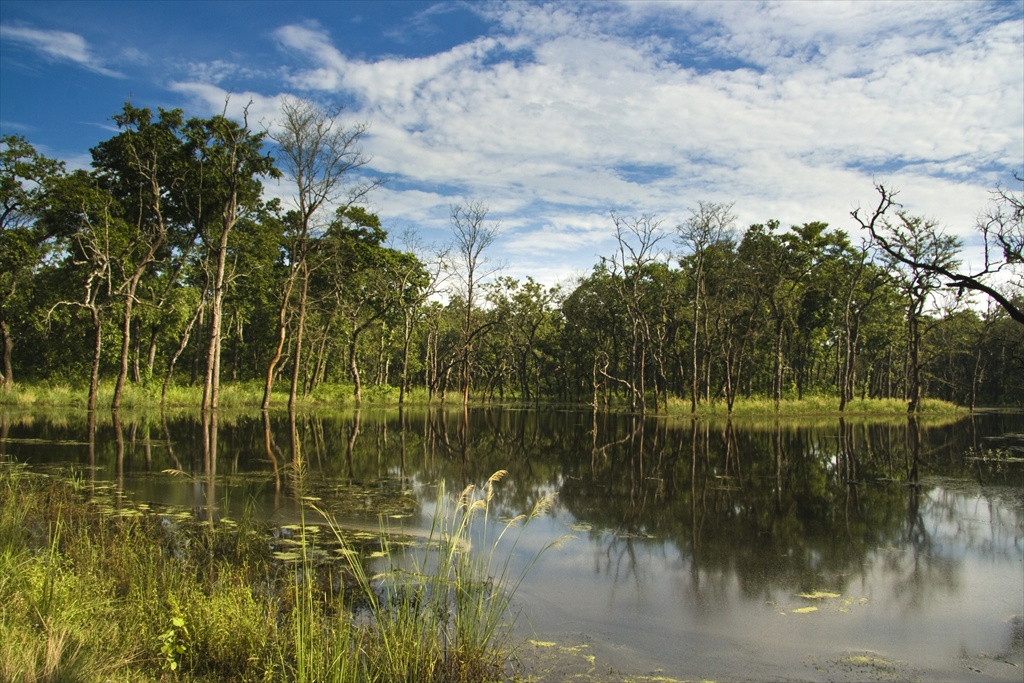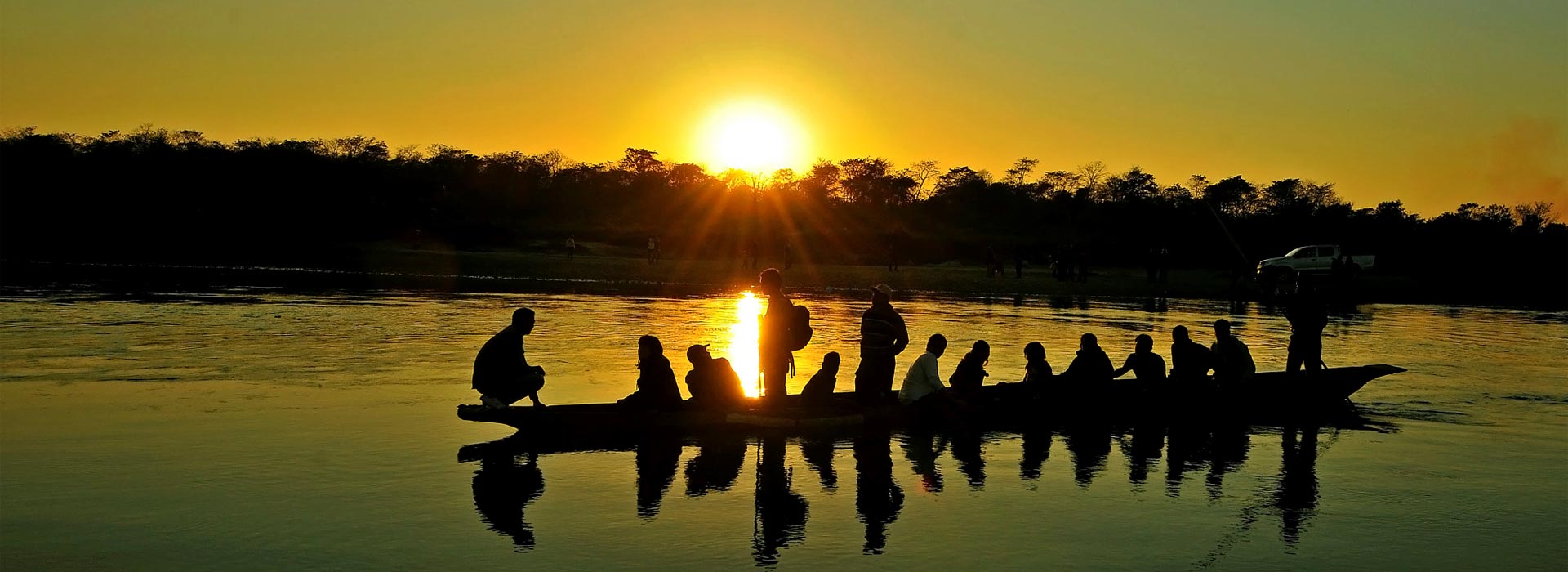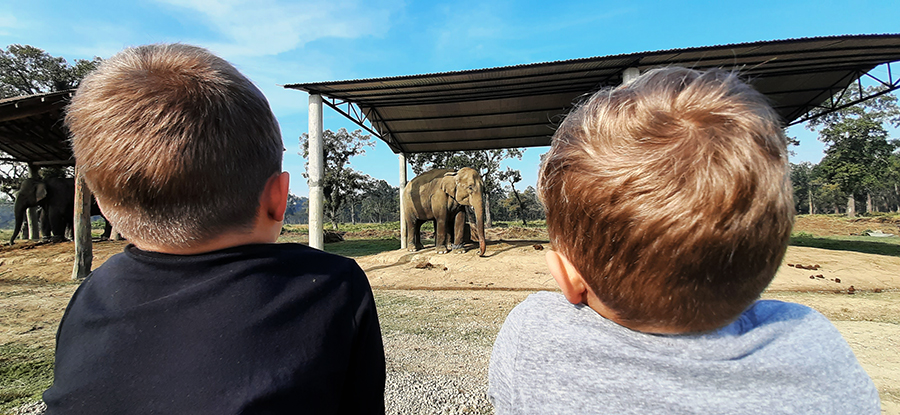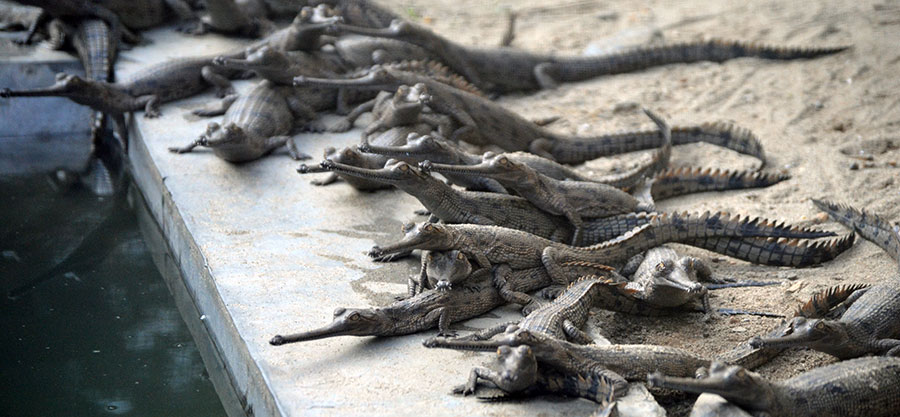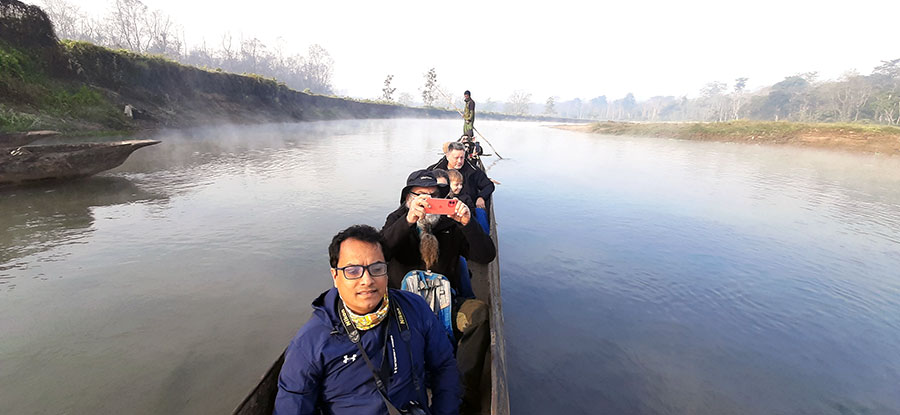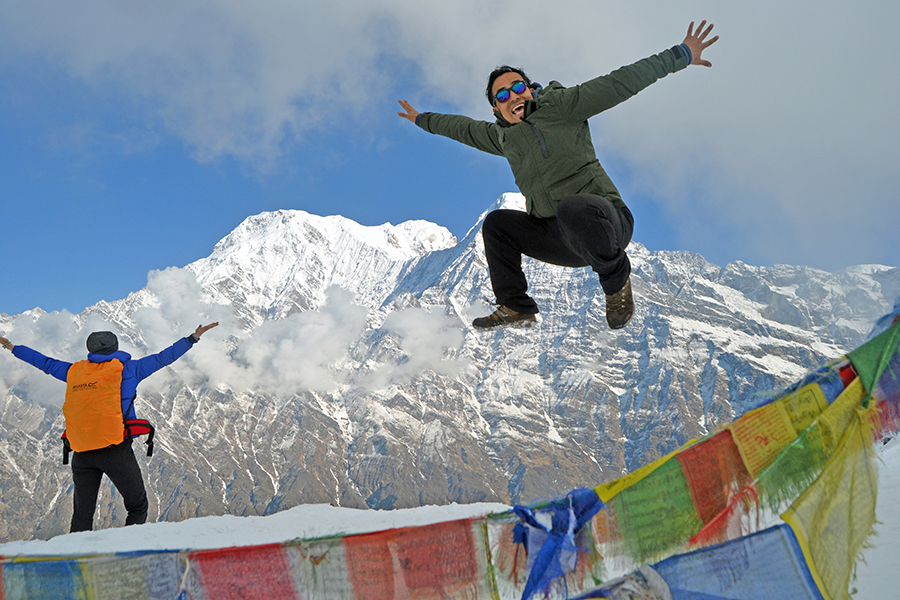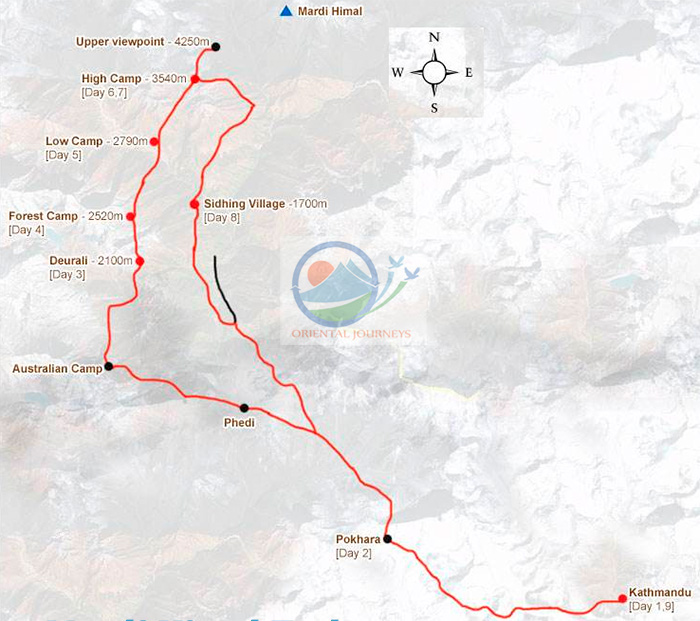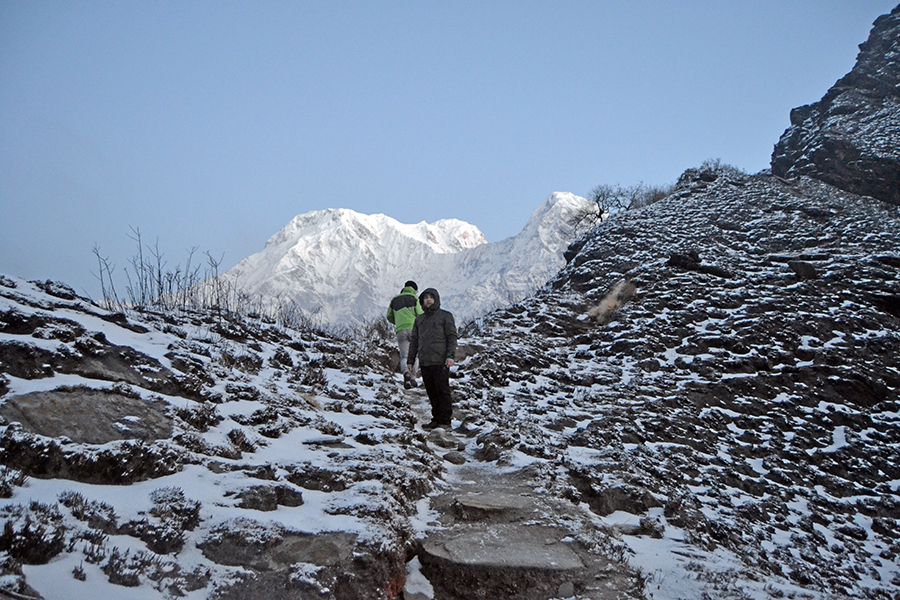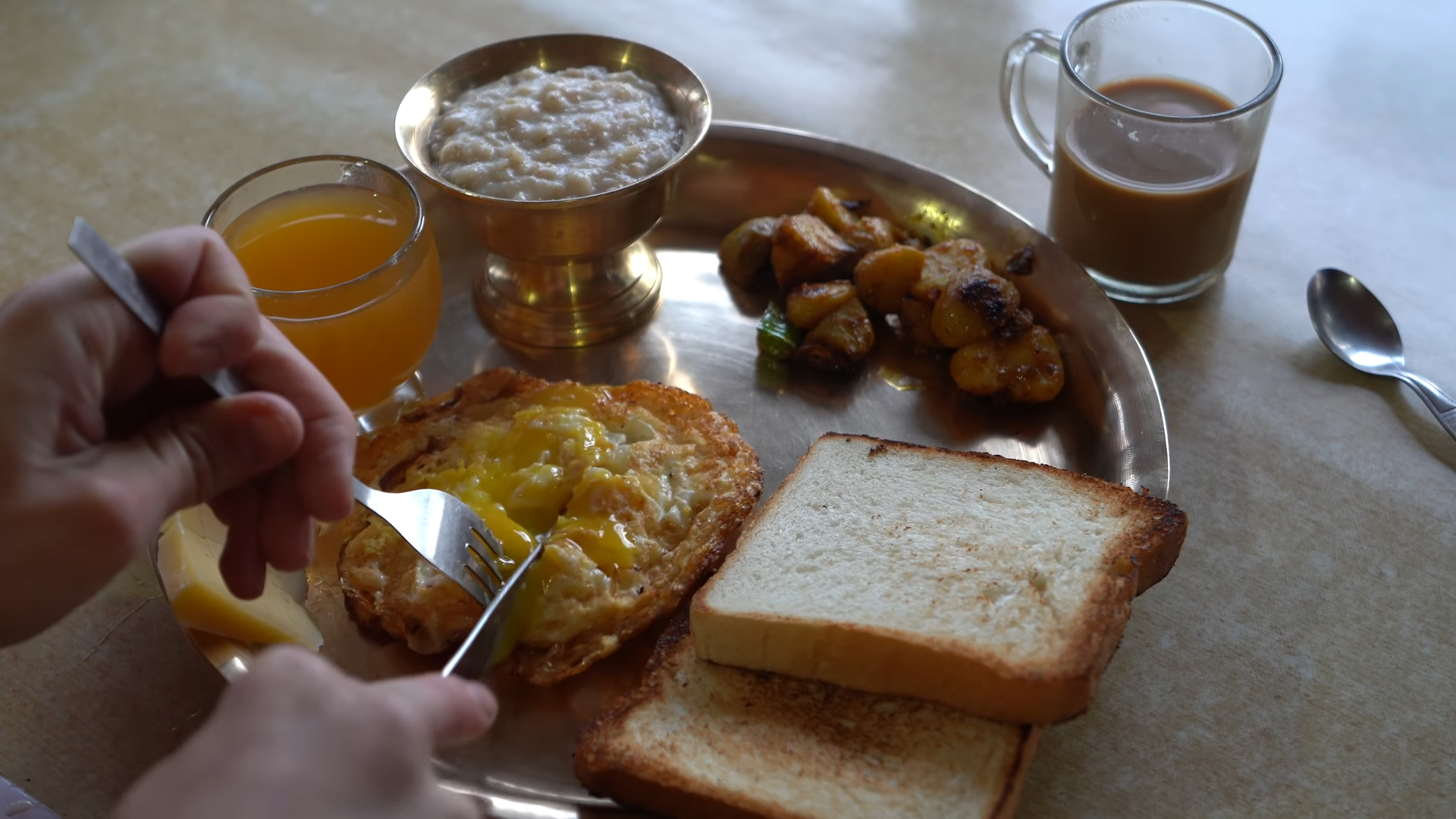Are you planning your Post-COVID-19 trips to Nepal?
The modality of Post COVID-19 trips to Nepal is a major concern to the traveler planning to visit Nepal. The current pandemic of COVID-19 has created the situation of lockdown. The situation has forced people to remain at their place. Despite the current lockdown, we still can dream and plan our travel programs for the next year. This blog tries to answer your questions regarding your plan to travel to Nepal in the Post Coronavirus situation. We are hopeful to help you plan your future vacation for tour and trekking in Nepal.
Nepal government announces some modifications with lifting in lockdown policy after more than 80 days of Lockdown. The government offices resume their regular schedules and people have partially returned to their workstation in the private sector too. However, the government is yet to decide to regulate public vehicles. It has implemented an odd and even numbers plate policy for private vehicles and cabs. They can run alternatively. It helps to minimize traffic and crowd in the market. It has also eased to follow the instruction of the World Health Organization (WHO)
Likewise, the VISA service has been assumed from 15 June 2020.
Concerned about the flights?
The government of Nepal, the Ministry of Culture, Tourism and Civil Aviation publishes its official notice regarding the suspension of flights. It states that until 22 July 2020, the government decides to suspend all domestic, international flights and public transportation. The Nepal government will make another decision regarding the flight operation and inform with the next notice.
Present COVID-19 pandemic and situation of Nepal
Many travelers are curious about the current situation of Nepal. It is obvious because of their future travel plan and postpone trips to Nepal. The general public has resumed their activities with precaution. Social distancing instruction, maintaining hygiene, and using sanitizers are the major practice while conducting the activities. Most of the people remain at home or work from home to avoid maximum movement.
Despite the precaution, we have increasing cases of infection of approximately 10,000 plus and 24 death cases. However, 1224 people returned home after successful treatment. It shows that Nepal has got less impact on societies compared to other nations. Still, Nepal has a big challenge to take maximum citizens under the test.
How to postpone the trip after Coronavirus?
Oriental Journeys has introduced a “book with flexibility” option to book its holiday packages. A traveler can book a trip for a particular date. Traveler can postpone the trip for another future date without paying an extra amount. This will be a lifetime flexibility option. They can choose another departure date based on their convenience. Oriental Journeys will make the necessary arrangements accordingly. However, a special trip postpones condition applies for the post-COVID-19.
Are you open to book your trips?
Travelers can book our trips for the year 2021 and Autumn of 2020. However, we can manage to postpone the trip in case the situation remains unchanged. There won’t be any extra cost for the change in departure dates.
Will you operate the confirmed trips for 2020?
Yes, we have all the booked trips scheduled. Most of the trips for the coming seasons are to be postponed for future dates. However, the trips that are not yet postponed are in the departure schedule. Oriental Journeys is writing its clients updates about the present situation. We are hopeful to operate the scheduled tours when there are regular international flights. We have received the national guidelines from the Nepal Tourism Board to follow during tour operations.
Shall we start making plans for the treks?
Yes, you should start making plans for trekking trips to Nepal. We have been receiving inquiries regarding the revival of tourism activities in Nepal. Our advice to travelers is to dream now and travel later. We hope to start operating our tours by the end of 2020 and completely resume for spring 2021.
How will you operate Post COVID-19 trips to Nepal?
After the current pandemic of COVID-19, we are designed to operate the trips in either single or a family in a group. We will avoid traveling in groups at least anti corona vaccine develops for general use. Since the trekking is an activity of interactive nature, we will use proper disinfection methods at the lodges. Sanitizing ourselves at every point will be our strong guideline. We are planning to orient our staff for maintaining proper social distance with other travelers and service providers. Similar methods will be used to sanitize the rooms, vehicles, and other related things that you encounter during your trip.
We advise travelers to bring their gear. Hiring gears will not be a problem after COVID-19 because we will be using proper disinfection techniques for their safe use. However, with the sleeping bags, you can take your own. The trekking trails will be affected by the virus things. The potential areas and sites will have a sanitization system.
What preventive measures will you follow for post-COVID-19 tours?
You can present your COVID test certificates while entering the Nepal border. We discourage travelers with a weak immune system and respiratory health conditions to come for Nepal trips. We suggest the following preventive measures while traveling in Nepal.
- Mandatory use of facemasks for travelers in public areas
- Ensure the supporting staff use face masks in public areas
- Ensure that the face masks and sanitizer required for drivers
- Hand sanitizer available to travelers and staff
- Ensure the proper sanitization of gear and stuffs sanitized between uses
- Vehicles regularly sanitized
- Trekking staff, as well as travelers, are required to regularly wash hands
Currently, we are following another phase of lockdown which is softer than the previous one. We do not have the choice to return to a normal lifestyle. For this, we have to develop the safety guidelines and need to adopt the global practices to return to normal. We will keep on updating the new announcement of the government and tourism sector to the travelers.
We wish our dear travelers to remain safe, plan their trip and visit in the future. Hope to see you soon.

